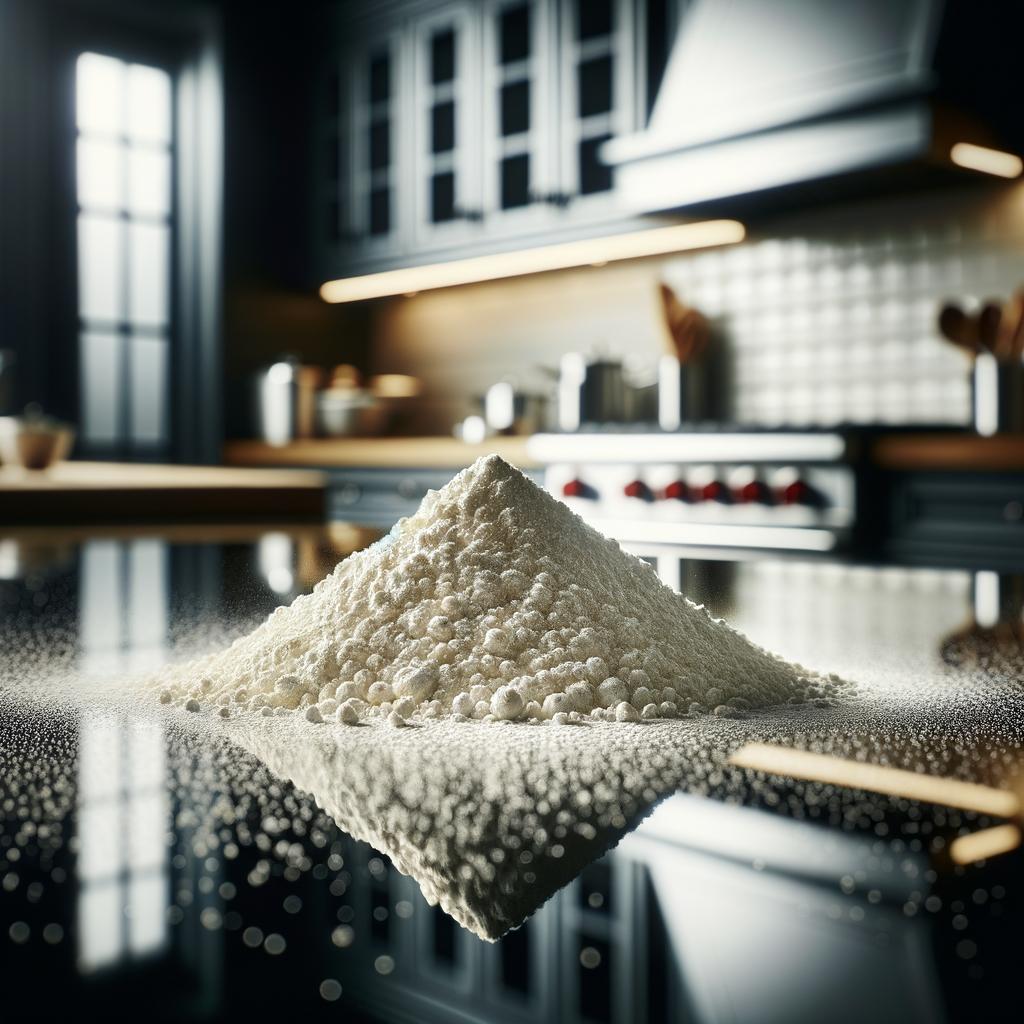Cornflour

Description Cornflour, also known as cornstarch in some parts of the world, is a fine, silky powder that is derived from the endosperm of corn kernels. Its color ranges from white to yellowish, depending on the type of corn used. Its texture is incredibly smooth and soft, akin to a cloud of culinary delight. The flavor profile of cornflour is quite neutral, making it a versatile ingredient in a variety of dishes. Its unique characteristic lies in its exceptional thickening properties, which sets it apart from other types of flour. When cooked, it transforms from a simple powder into a glossy, transparent paste that adds an appealing sheen to any dish it graces.
Primary Uses Cornflour is a culinary chameleon, used extensively in a myriad of dishes across the world. It serves as a thickening agent in sauces, gravies, soups, and stews, giving them a rich, velvety texture. It's also used in baking, where it can lighten the texture of cakes and cookies. In Asian cuisine, it's often used to create a glossy coating for stir-fried dishes. Beyond the kitchen, cornflour has also been used in natural remedies to soothe skin irritations and as a component in biodegradable plastics, showcasing its versatility.
History Cornflour has a fascinating history that spans centuries and continents. It was first patented in the United States in 1842 by Orlando Jones, but its roots go back much further, to the indigenous peoples of the Americas who cultivated maize and developed the process of nixtamalization. This process, which involves soaking and cooking corn in an alkaline solution, led to the creation of masa, a type of corn dough, and ultimately, cornflour. Over time, cornflour has become a staple in kitchens worldwide, thanks to its versatility and unique properties. Folklore has it that in some cultures, cornflour was believed to have magical properties and was used in rituals and ceremonies.
Nutritional Information Cornflour is low in protein and fat but high in carbohydrates, providing a quick source of energy. It also contains small amounts of dietary fiber and minerals such as calcium and iron. While it doesn't boast an extensive nutritional profile, its value lies in its gluten-free nature, making it a safe and valuable ingredient for those with gluten intolerances or celiac disease. Compared to wheat flour, cornflour has less protein but more carbs, making it a suitable thickening agent but less ideal for bread-making. As with all foods, moderation is key to incorporating cornflour into a balanced diet.

